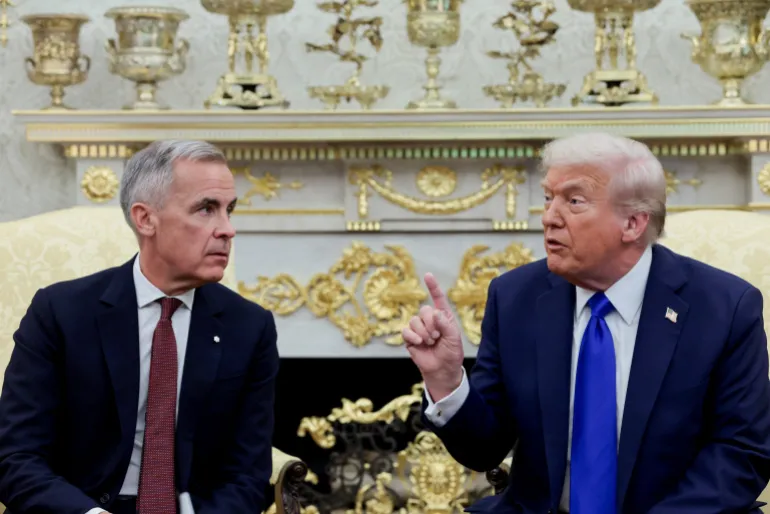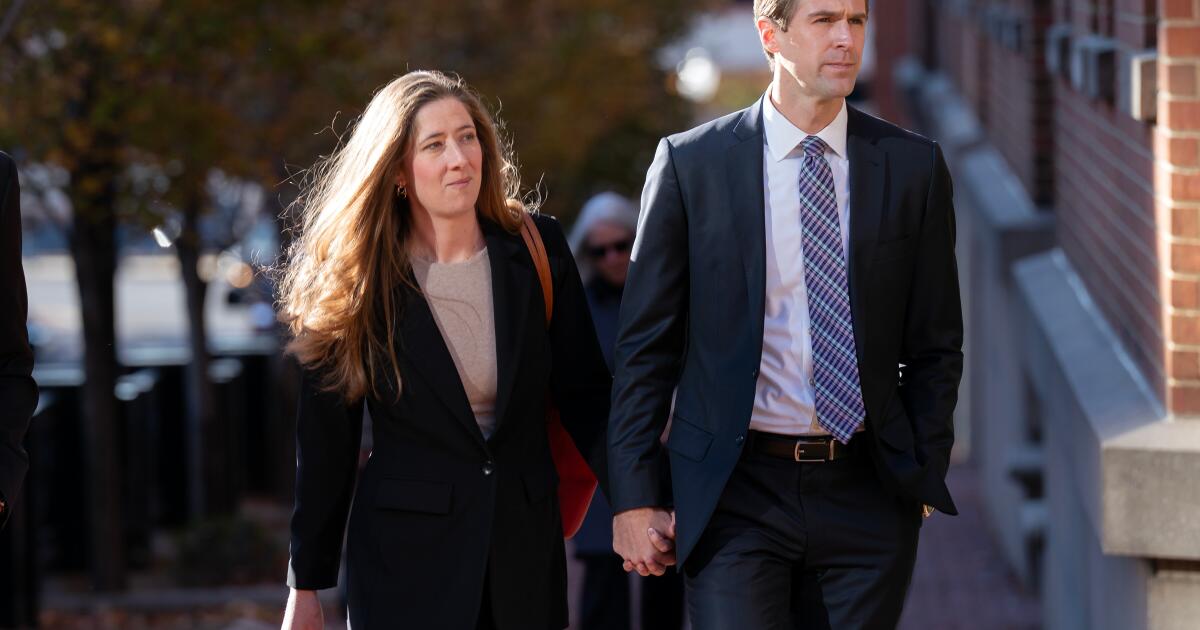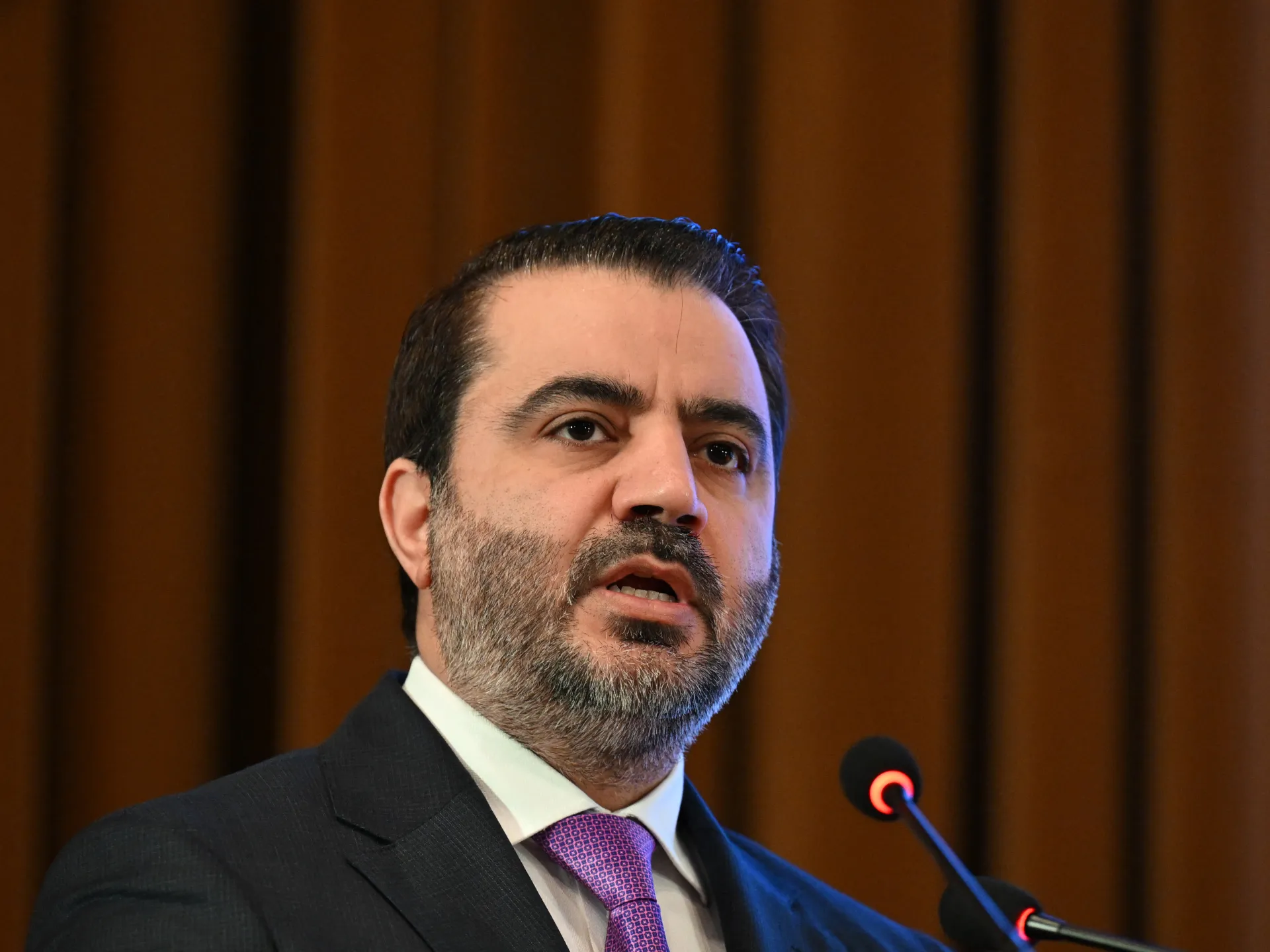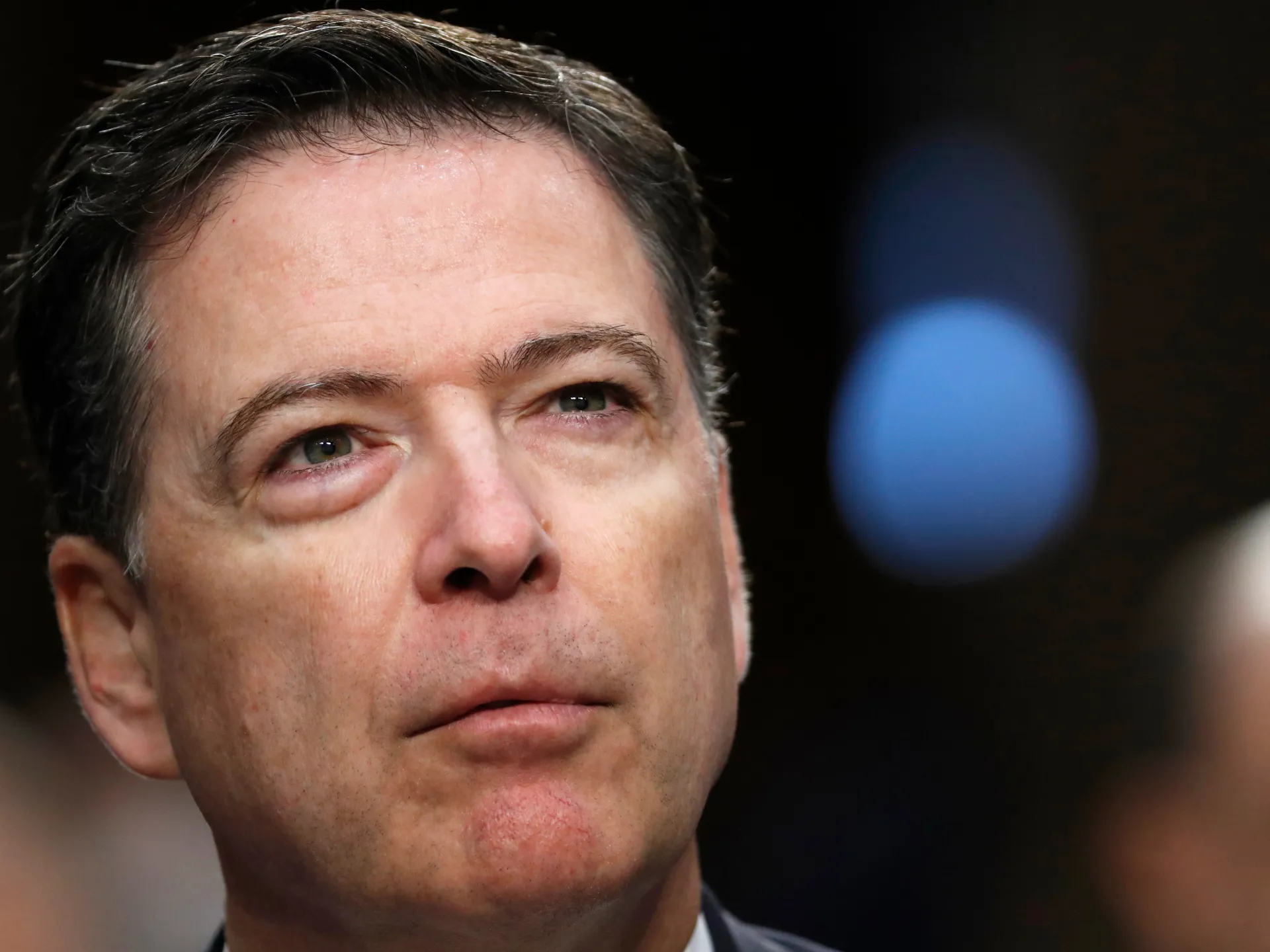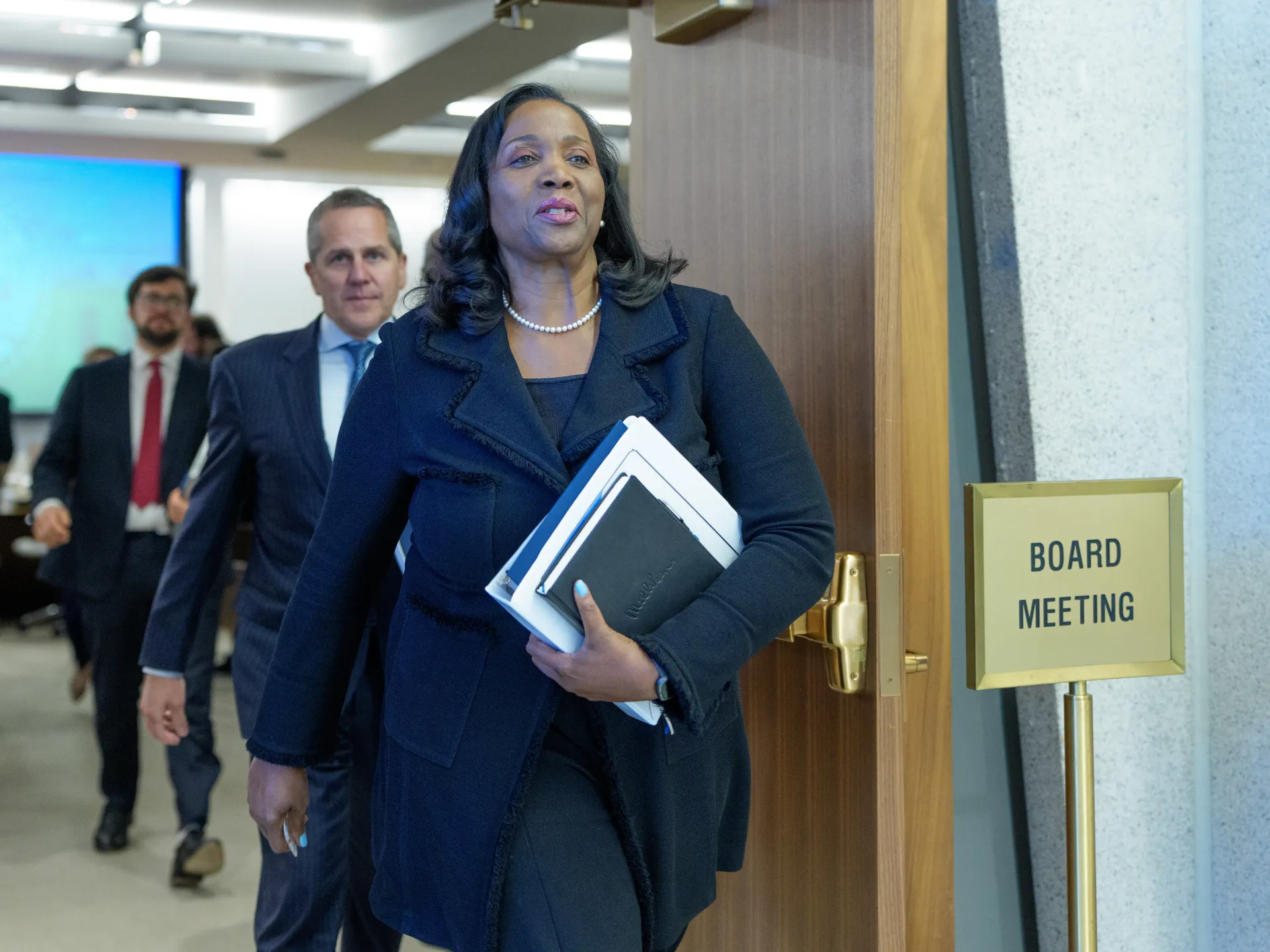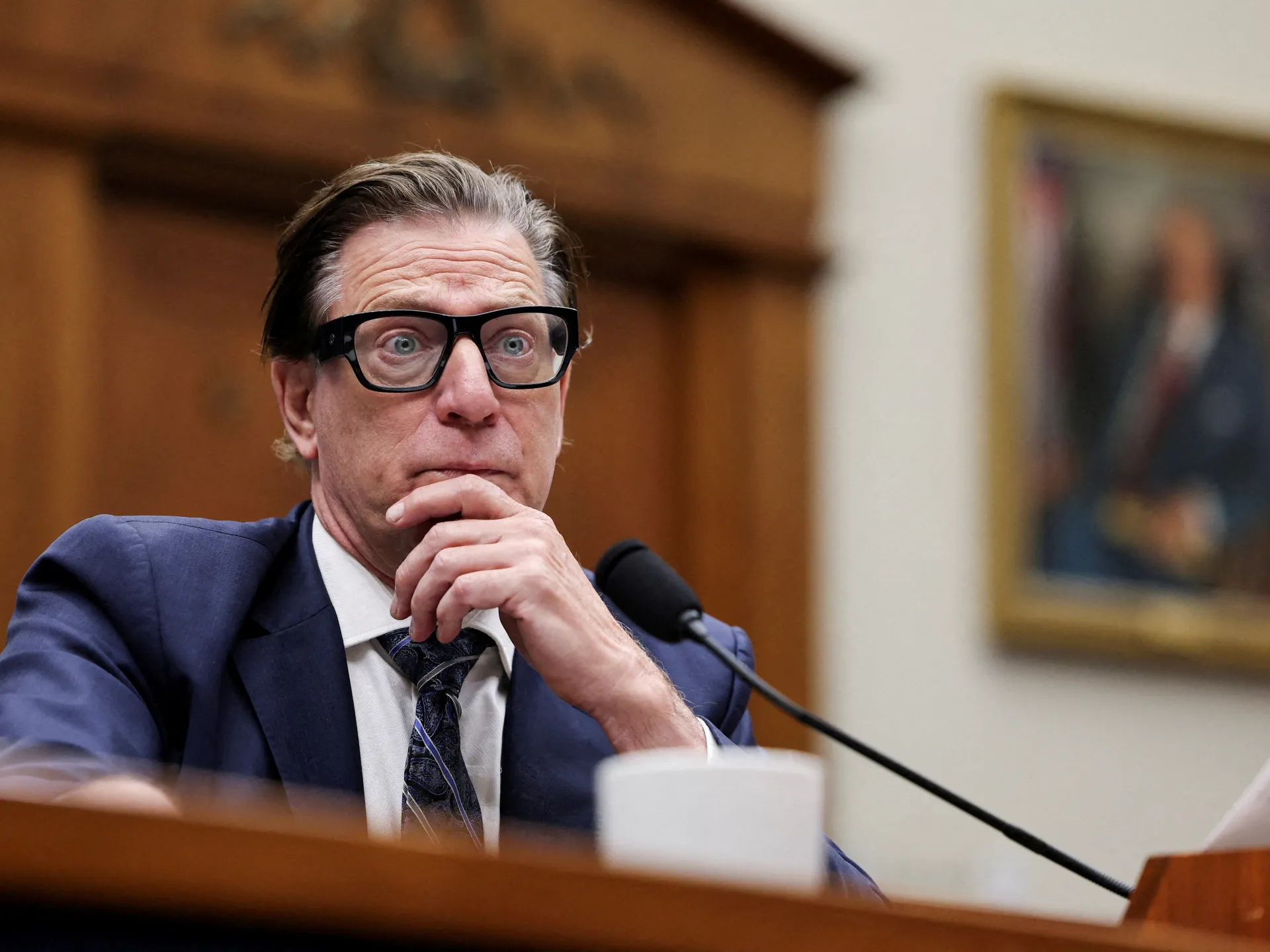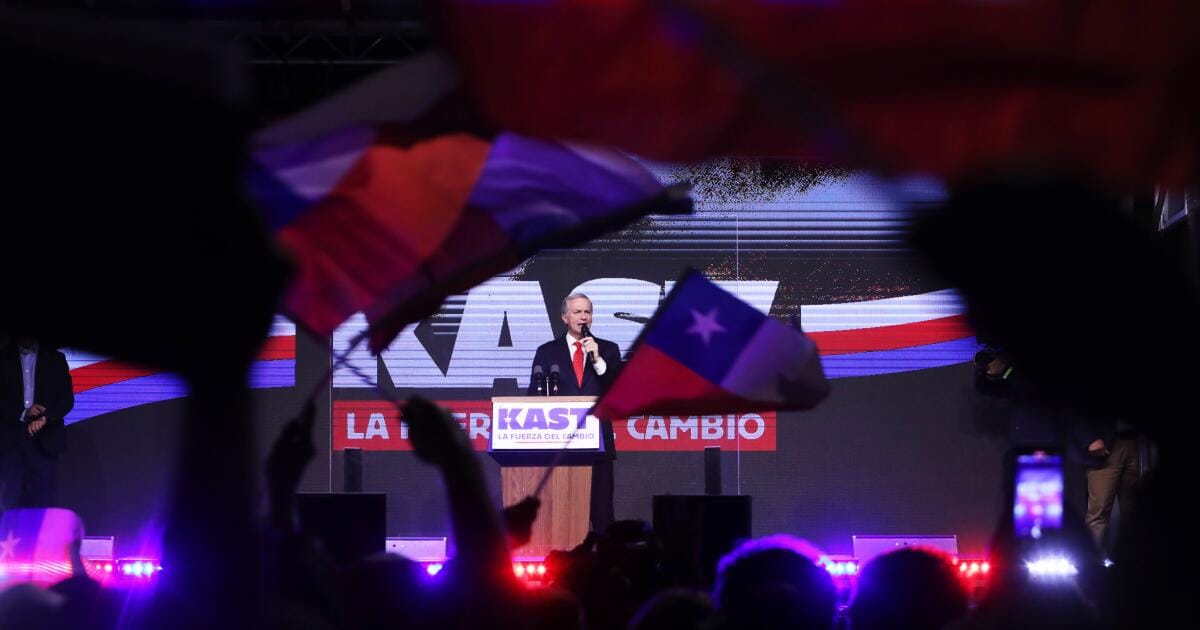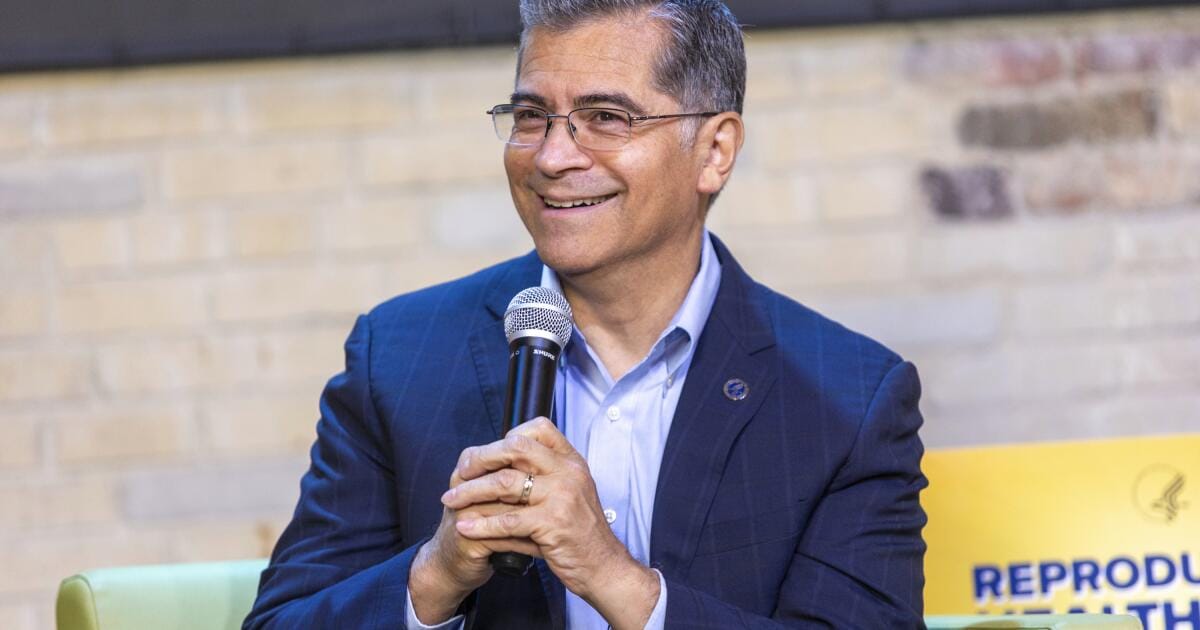San Francisco, United States – Just weeks ago, Brandon Praileau, a pastor from Norfolk, Virginia, was speaking to families in his community about a federally funded programme that would help them install rooftop solar units in their homes. The government funds would take care of their installation costs, and once installed, lower the burden of rising electricity costs, a pressing concern.
Then, Praileau heard the federal government had scrapped the $7bn Solar For All programme through which his project and other solar projects across the country were to be funded, leaving them stranded.
Recommended Stories
list of 4 itemsend of list
It is one of several federally funded renewable energy projects that have been scrapped or will end early, veering off the country’s planned shift to renewable energy, also making it harder to meet climate goals.
Praileau, Virginia programme director for Solar United Neighbors, had been helping roll out the project that received $156m in federal funds to support 7,500 low- and middle-income families with solar installation. Praileau say he was “mind blown” by the sudden withdrawal.
The federal government will also end the 30 percent tax credit for solar rooftop installation in homes this December. For businesses, these tax credits will only be available if they start construction of factories, malls or other businesses, for which the solar installations are meant, by June 2026.
The Department of Energy also withdrew $13bn in funding from a range of other renewable energy projects, including upgrading power grids, carbon-neutral cement production, and battery energy storage. The administration also ended several funding initiatives for wind energy.
President Trump has said, “We’re not going to be approving windmills unless something happens that’s an emergency.”
This could lead to a $114bn loss in delays or cancellation of wind energy projects, according to an April 2025 report by BloombergNEF.
In Florida, intake forms for 10,000 low- and middle-income households to enrol for federal subsidies to get solar units installed on their rooftops were ready when the $156m project was scrapped in August.
A resident of Miami-Dade County had told volunteers who were helping her fill in the forms to enrol for the grant that she was “scared to use power. I am scared to put on air conditioning”, because the steep rise in power costs in the state had put it out of reach for her.
Power costs in the state are up 60 percent for some residents since 2019, Heaven Campbell, Florida programme director of Solar United Neighbors, which was working on implementing the project, told Al Jazeera.
Other states have also seen varying power cost hikes due to hurricanes and the war in Ukraine, which made Russian natural gas more expensive.
Florida Power and Light, the utilities provider, has also currently made a case to increase rates further to raise nearly $10bn over the next four years, according to Florida’s Office of Public Counsel.
Solar United’s staff has tried to educate residents that not using power could get them disconnected, and reconnecting comes with a fee.
Early ending of the tax credit will mean “consumers are stuck at the mercy of utilities”, and their rising rates, says Bernadette Del Chiaro, senior vice president for California at the Environmental Working Group.
‘Rain shadow impact’
With the solar rooftop tax credits set to expire in December, there has been a scramble to install, and some solar installers say they are having to turn away customers.
“We will see the rain shadow impact of this in 2026,” Del Chiaro says, referring to a sharp drop in business and jobs that the industry is steeling itself for next year.
“This is a big plunge on the solar coaster,” says Barry Cinnamon, chief executive of Cinnamon Energy Systems, a San Francisco-based solar installation company.
Ed Murray, president of the California Solar and Storage Association, told Al Jazeera he expects the elimination of tax credits to double the payback time for installation and other costs associated with the solar units to up to 12 years.
It would also lead to job losses for thousands of skilled workers in the sector, Murray said, even as the air quality is likely to worsen and the state is expected to fail to meet its climate goals.
In its announcement withdrawing from these projects, the Department of Energy notification said the projects “advance the previous Administration’s wasteful Green New Scam agenda”.
In the statement, Energy Secretary Chris Wright said that, “By returning these funds to the American taxpayer, the Trump administration is affirming its commitment to advancing more affordable, reliable and secure American energy and being more responsible stewards of taxpayer dollars.”
Critics of solar projects have said they drive up costs for households still on the power grid because solar customers pay less to utilities but still use that power when needed.
The Trump administration has, instead, supported oil and gas production through several measures, including plans to open up the entire Arctic National Wildlife Refuge (ANWR) for oil and gas leasing recently. It has also eased permitting for drilling on federal lands.
Rising costs
The Biden administration had funded renewable energy projects under what it called the Green New Deal, a programme to accelerate economic growth and job creation while having a positive climate impact.
But even as these projects began rolling out, power costs have risen sharply in many states, including Virginia.
A recent study by the Lawrence Berkeley National Laboratory found that the rise in power costs had outpaced inflation in 26 states and listed a range of factors for it, including the Ukraine war and extreme weather factors such as wildfires and hurricanes that have damaged an already ageing electric poles and grid.
For instance, prices in California have risen more than 34 percent since 2019, the study says, in part because the record-breaking wildfires forced utilities to replace and strengthen their power lines. Federal funding of $630m to strengthen grids in California was among the projects scrapped by the Department of Energy.
“A majority of the projects that were scrapped were mid-implementation,” says Ryan Schleeter, communications director of The Climate Center, a California-based think tank.
Federal incentives also meant that more than 20 percent of the cars sold in the state over the last two years had been electric vehicles (EVs). These allowed middle-income families to buy EVs, Schleeter says. With incentives having ended on September 30, “the central challenge will be how to be equitable,” he says.
Susan Stephenson, executive director of California Power and Light, which supports places of worship to have renewable energy, says several places of worship that had planned to move to solar energy or install EV charging stations are now struggling to find installers and have seen costs going up beyond their initial budget due to federal cuts.
In Virginia, Praileau says power costs came up as one of the greatest concerns in his interactions with his congregants. The state has among the most data centres in the country, and Praileau believes that could be a reason for rising costs.
Voter dissatisfaction over rising power costs has been among the top issues in the governor’s elections in the state that went to the polls on November 4. One of the promises that Abigail Spanberger, the Democrat candidate who won, had made was to reduce power costs by increasing energy production and getting data centres to pay a higher share of power costs.
Praileau hopes the solar project, the cuts to which are already being litigated, can also be revived by the new governor. In Florida, too, there is ongoing litigation on the federal funding cuts.
Several states, including California, have announced their own rollbacks on renewable energy incentives.
But with funding withdrawals hurting residents, Steve Larson, a former executive director of the California Public Utilities Commission, expects more litigation to restore programmes and mastering “techniques of delay”, for federal cuts in grants and to allow renewable energy projects to keep going.

